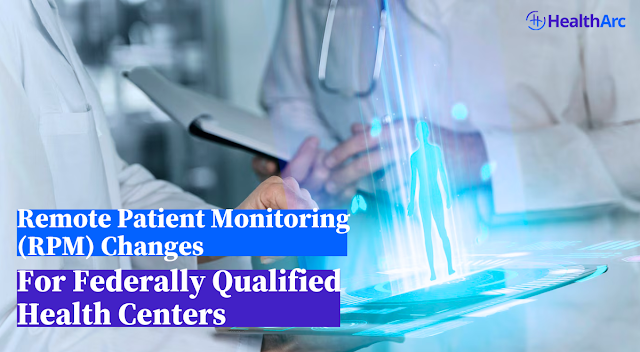How Clinical Monitoring & Staffing Influence RPM Program Fees
So, how do staffing models and resource allocation shape overall RPM pricing? Let’s break it down.
For a detailed breakdown of cost models, visit Remote Patient Monitoring Pricing Structure and Models for Healthcare Providers
Why Is Clinical Monitoring Central to RPM Pricing?
At the heart of every RPM program lies continuous clinical oversight.
Monitoring involves tracking patient data, reviewing trends, and intervening when alerts arise. The cost of staffing this process — whether in-house or outsourced — directly impacts your RPM pricing structure.
Understand how program types differ in Turnkey vs Hybrid vs In-House RPM Models: Pros, Cons & ROI
What Staffing Options Are Available for RPM Programs?
There are typically three main approaches to staffing in remote healthcare services:
In-House Teams:
Providers use their own nurses and clinicians to monitor data.Pros: Greater control and patient familiarity.
Cons: Higher labor costs and workload.
Vendor-Managed Staff (Full-Service):
RPM vendors handle monitoring, outreach, and escalation.Pros: Lower internal workload, round-the-clock availability.
Cons: Slightly higher monthly per-patient fee.
Hybrid Staffing:
Combines in-house clinicians with vendor support.Pros: Flexible, scalable, and cost-efficient.
Cons: Requires clear communication protocols.
How Does Staffing Volume Affect RPM Program Fees?
The number of patients monitored influences required staff hours and resource allocation.
As volume increases, per-patient costs typically decrease due to economies of scale — a key factor in RPM pricing models.
Explore how scalability affects ROI in Future Trends in RPM and CCM for Remote Healthcare in the United States
What Role Do Clinical Tools and Automation Play in Reducing Costs?
Automation through advanced RPM platforms can significantly reduce manual review time.
Features like AI-driven alerts, smart dashboards, and patient trend analytics allow fewer staff to manage more patients efficiently.
This not only lowers staffing costs but also improves response times, patient satisfaction, and reimbursement rates.
Discover integration capabilities in Chronic Care Management Software
Are There Hidden Costs in RPM Staffing?
Providers should also account for indirect expenses, such as:
Training and certification for new staff.
Software access fees for each clinician using the RPM platform.
Quality control reviews and audit documentation.
Overtime or after-hours monitoring costs.
Understanding these ensures realistic budgeting and prevents future cost overruns.
How to Optimize Staffing for Better ROI?
To balance clinical quality with financial efficiency:
Use hybrid staffing to distribute workloads.
Automate data filtering and alert triage.
Implement care management software with built-in workflows.
Cross-train nurses in RPM and chronic care management for multi-role use.
Track KPIs like average response time and patient engagement rates.
For hybrid model advantages, read Top RPM and CCM Companies Offering SaaS & Full-Service Solutions
Final Thoughts
Staffing is the backbone of successful RPM — but it can also be one of its biggest expenses. By optimizing team structures, leveraging automation, and choosing flexible service models, healthcare providers can enhance outcomes while keeping costs manageable.
HealthArc’s RPM platform offers both SaaS and full-service options, allowing providers to scale staffing based on patient volume and care complexity — ensuring quality care and financial sustainability.
Explore complete RPM pricing details here: Remote Patient Monitoring Pricing Structure and Models for Healthcare Providers
.png)


%20Changes%20for%20Federally%20Qualified%20Health%20Centers%20(1).png)
Comments
Post a Comment